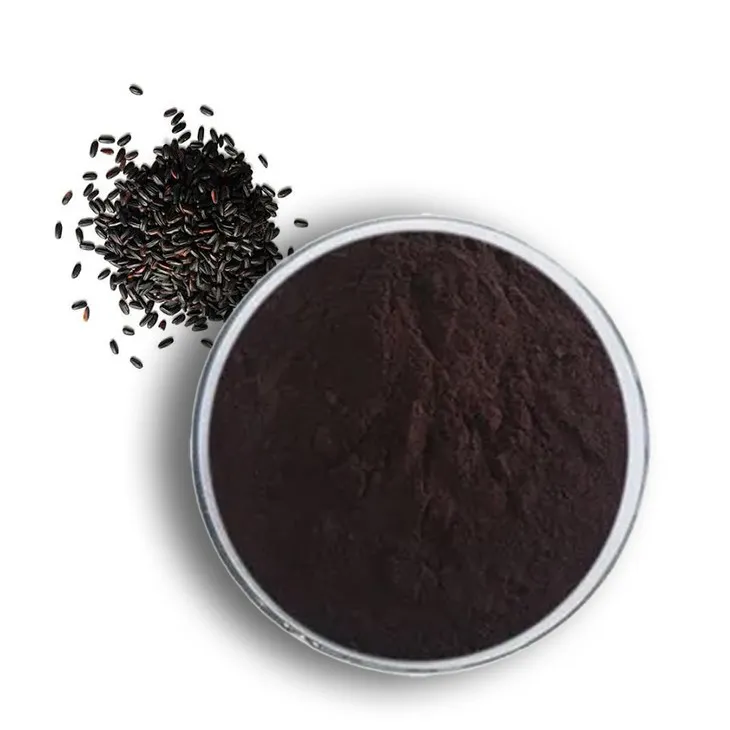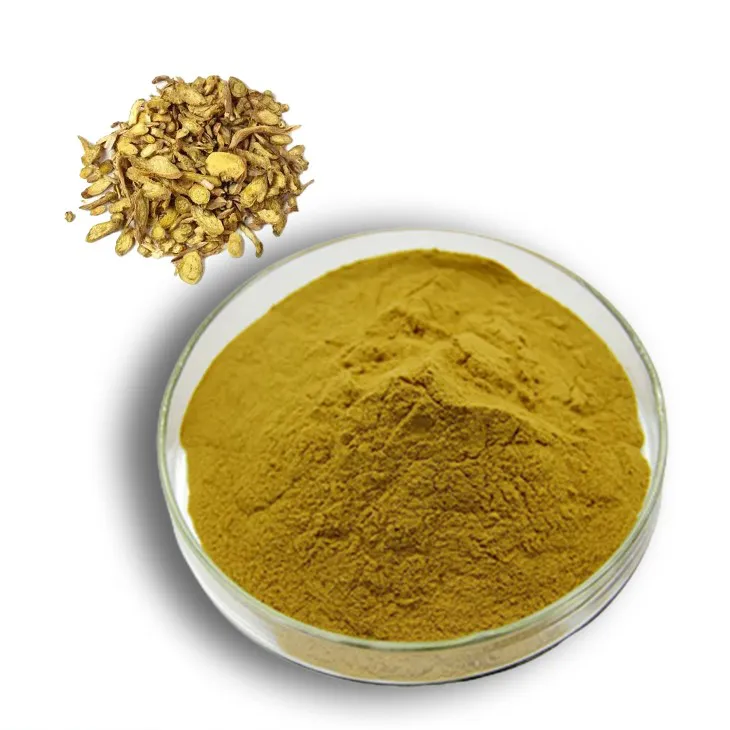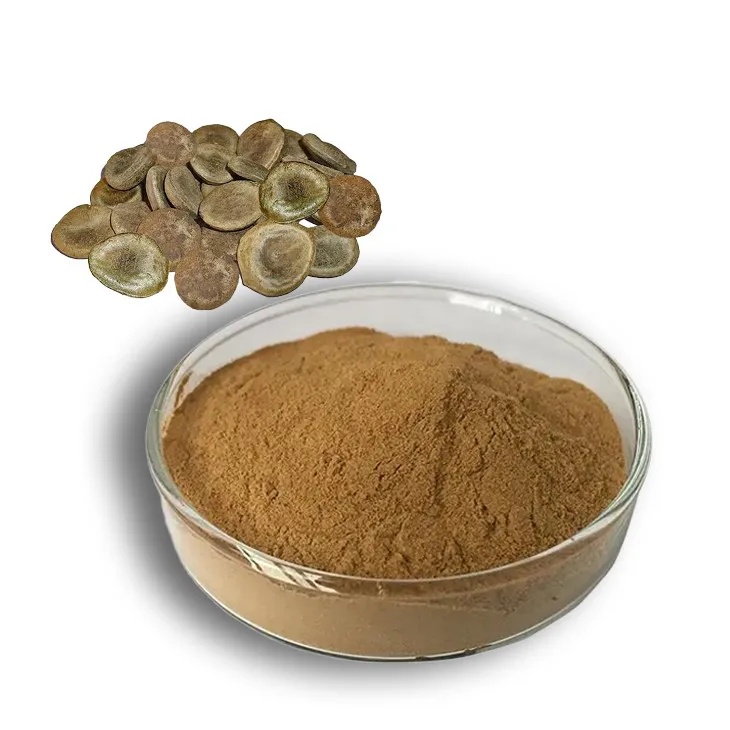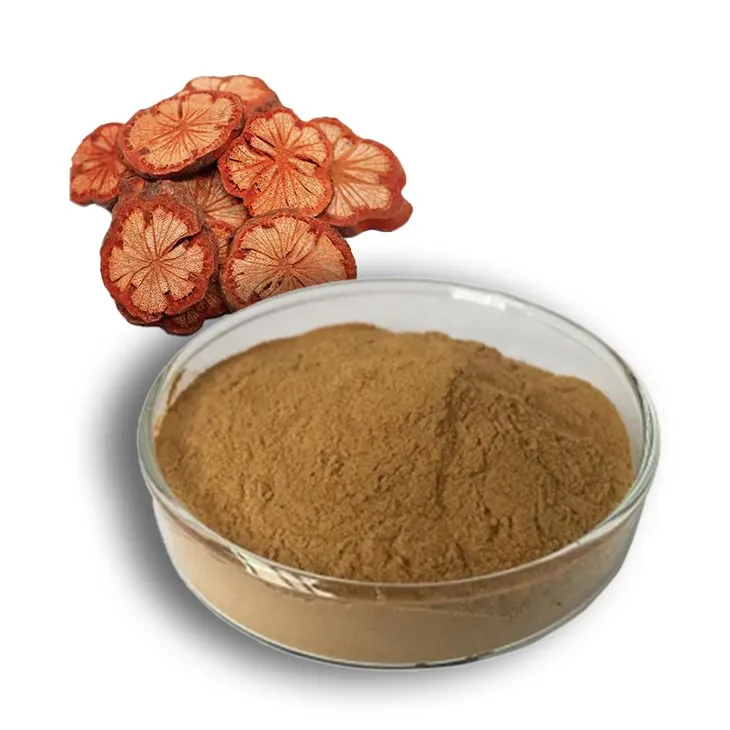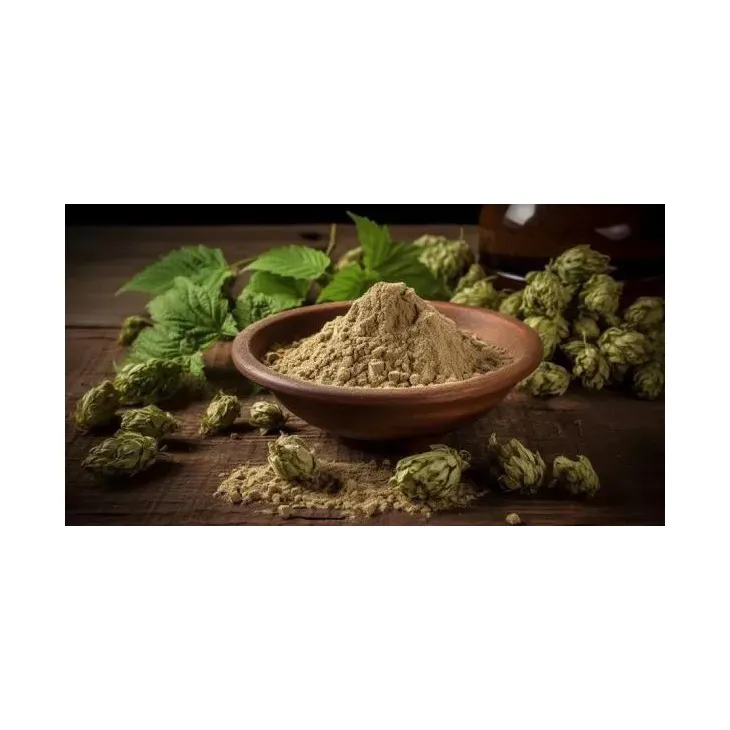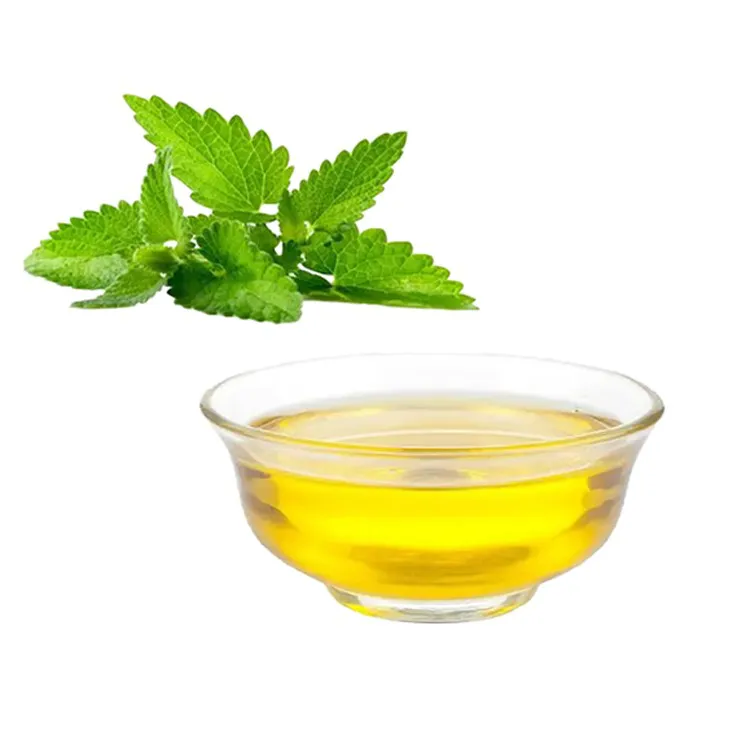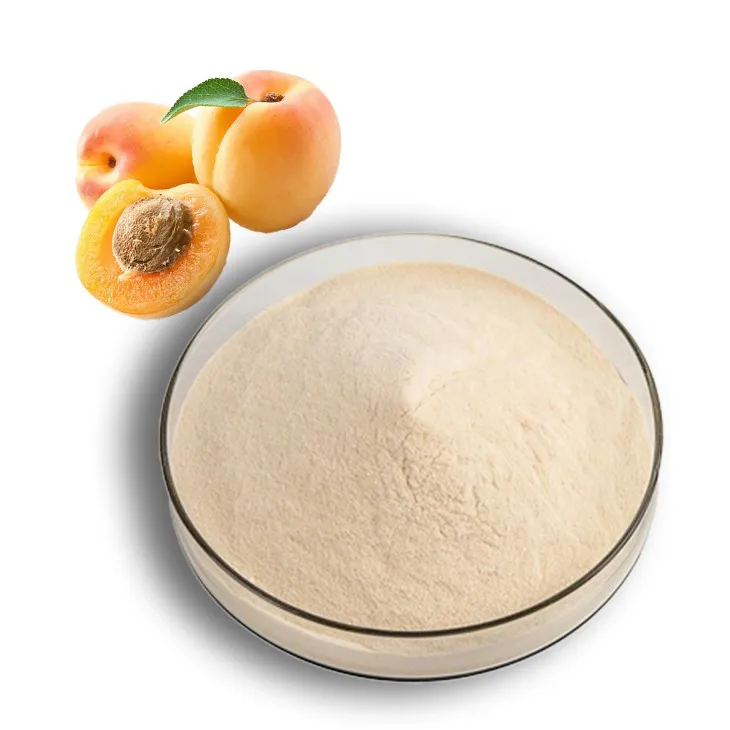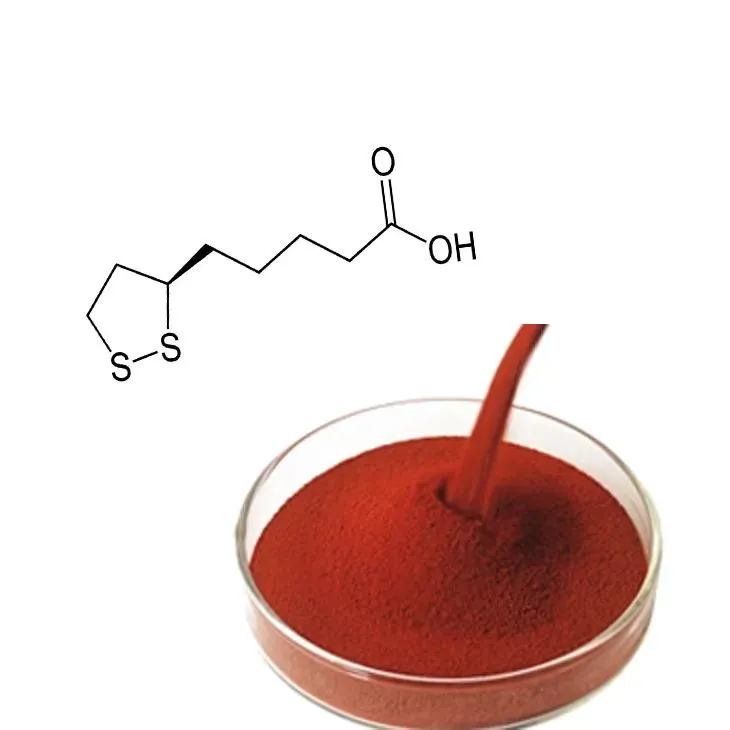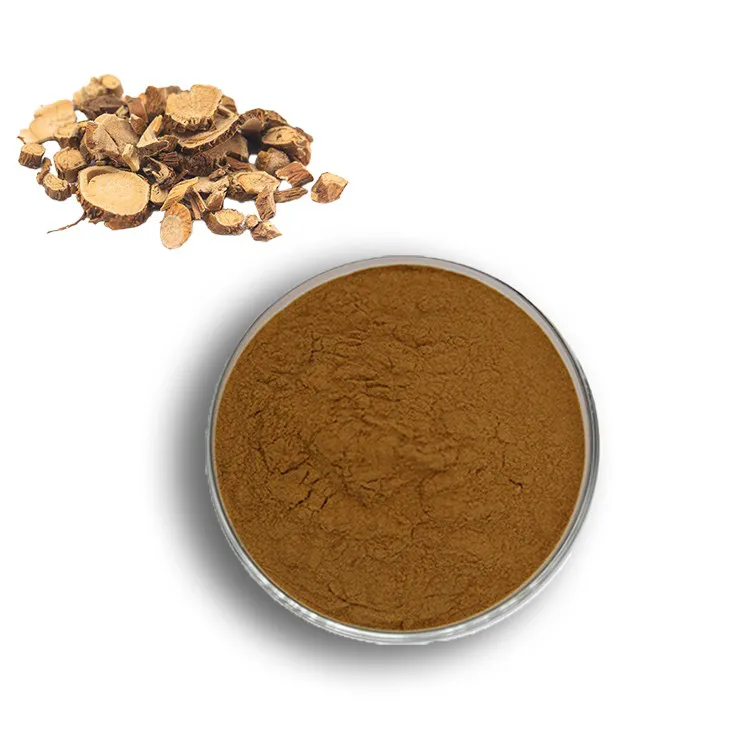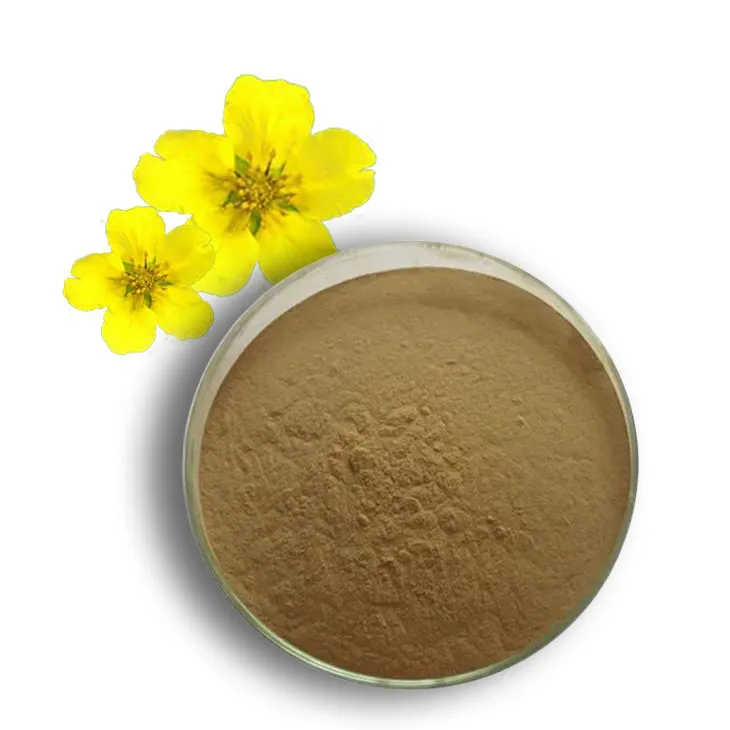- 0086-571-85302990
- sales@greenskybio.com
The Healing Touch of Agave: Exploring the Health Benefits of Plant Extracts
2024-07-18
Introduction
Agave plants have long been a part of human history, especially in regions where they are native. In recent years, the extracts from agave have gained significant attention in the field of health and wellness. This is due to their potential to offer a wide range of health benefits. The study of agave extracts is an exciting area that combines traditional knowledge and modern scientific research.
Chemical Constituents of Agave
Agave contains several important chemical constituents that contribute to its health - promoting properties.
Saponins
Saponins are one of the key components found in agave. These are natural surfactants that have been associated with various health benefits. They can help in reducing inflammation in the body. Inflammation is often at the root of many chronic diseases, so the anti - inflammatory properties of saponins are quite valuable. Saponins also have the potential to interact with cell membranes, which may play a role in modulating cell function and communication.
Polyphenols
Another important group of compounds in agave are polyphenols. These are powerful antioxidants. Antioxidants are essential for combating oxidative stress in the body. Oxidative stress occurs when there is an imbalance between the production of free radicals and the body's ability to neutralize them. Polyphenols in agave can scavenge free radicals, thereby protecting cells from damage. This protection can have implications for overall health, including reducing the risk of diseases such as cancer and heart disease.
Fructans
Fructans are a type of carbohydrate present in agave. They are prebiotic in nature, which means they can act as food for beneficial gut bacteria. A healthy gut microbiome is crucial for proper digestion, absorption of nutrients, and even for a strong immune system. By promoting the growth of good bacteria in the gut, fructans in agave can contribute to better gastrointestinal health.
Agave in Traditional Medicine
For centuries, agave has been used in traditional medicine systems.
Native American Use
Among Native American tribes, agave had multiple uses. It was often used to treat wounds. The gel - like substance from the agave plant was applied topically to cuts and abrasions. This was believed to have a soothing effect and to promote faster healing. Additionally, in some tribes, agave extracts were used internally to relieve digestive problems. It was thought to help with stomach aches and indigestion.
Mexican Traditional Medicine
In Mexican traditional medicine, agave has also been a prominent remedy. It has been used to treat skin conditions such as eczema and psoriasis. The plant extracts were prepared in different forms, such as poultices or tinctures, and applied to the affected skin areas. Agave was also used for its potential anti - inflammatory properties in conditions like arthritis. People would consume agave - based preparations to reduce joint pain and swelling.
Modern Scientific Research Findings
Modern scientific research has been delving deeper into the health benefits of agave extracts.
Immune System Support
The prebiotic fructans in agave play a role in immune system support. A healthy gut microbiome, which is promoted by fructans, is closely linked to a strong immune system. The gut is home to a large portion of the body's immune cells. When the gut bacteria are in a balanced state, they can help in training the immune system to respond appropriately to pathogens. Additionally, some of the polyphenols in agave may also have immunomodulatory effects, enhancing the body's ability to defend against infections.
Skin Health
Research on agave and skin health has shown promising results. The antioxidant polyphenols can protect the skin from damage caused by environmental factors such as UV radiation and pollution. They can also help in reducing the signs of aging, such as wrinkles and fine lines. The saponins in agave may have anti - microbial properties, which can be beneficial for treating skin infections. In addition, the anti - inflammatory properties of agave extracts can soothe irritated skin conditions like acne and rosacea.
Diabetes Management
Some studies suggest that agave may have a role in diabetes management. Although agave contains sugars, its fructans may have a different metabolic impact compared to other sugars. Fructans are digested more slowly, which can lead to a slower release of glucose into the bloodstream. This slower release may help in better blood sugar control. However, more research is needed to fully understand the relationship between agave and diabetes management.
Potential Applications and Future Research
There are several potential applications for agave extracts in the health and wellness industry.
Skincare Products
Given its benefits for skin health, agave extracts can be incorporated into skincare products. They can be used in creams, lotions, and serums. These products could target various skin concerns, such as anti - aging, skin hydration, and treatment of skin disorders. For example, a face cream containing agave extracts could provide antioxidant protection to the skin during the day, reducing the damage caused by free radicals.
Functional Foods and Supplements
Agave extracts can also be used in the development of functional foods and supplements. As a prebiotic source, it can be added to foods like yogurt or granola bars to enhance their gut - health - promoting properties. In supplement form, it could be used to provide a concentrated dose of the beneficial compounds found in agave, such as polyphenols for antioxidant support or fructans for gut health.
Future Research Directions
While there has been significant progress in understanding the health benefits of agave, there is still much more to be explored. Future research could focus on isolating and purifying the active compounds in agave for more targeted therapeutic applications. Long - term studies on the safety and efficacy of agave extracts, especially when used in higher doses or for extended periods, are also needed. Additionally, more research is required to fully understand how agave extracts interact with different medications and other dietary components.
Conclusion
Agave plant extracts are a rich source of potential health benefits. Their chemical constituents, including saponins, polyphenols, and fructans, offer a variety of therapeutic properties. From its long - standing use in traditional medicine to the emerging findings in modern scientific research, agave has shown promise in areas such as immune system support, skin health, and diabetes management. As research continues, we can expect to see more applications of agave extracts in the health and wellness industry, both in skincare products and functional foods. However, more in - depth studies are still required to fully unlock the potential of this remarkable plant.
FAQ:
What are the main chemical constituents in agave plant extracts?
Agave plant extracts contain various chemical constituents. Some of the important ones include saponins, polyphenols, and fructans. Saponins have been associated with potential health - promoting properties such as anti - inflammatory effects. Polyphenols are known for their antioxidant capabilities, which can help combat oxidative stress in the body. Fructans are prebiotic fibers that can support gut health by promoting the growth of beneficial gut bacteria.
How has agave been used in traditional medicine?
In traditional medicine, agave has been used for a variety of purposes. It has been used to treat wounds as it may have properties that can promote healing. It has also been used to relieve pain and inflammation. For example, in some traditional practices, agave extracts were applied topically to ease joint pain or skin inflammations. Additionally, in certain cultures, it was used internally to address digestive issues due to its potential effects on the digestive system.
What are the effects of agave extracts on the immune system?
The chemical constituents in agave extracts can potentially impact the immune system. The antioxidants present, such as polyphenols, can help reduce oxidative stress, which in turn can support the normal functioning of the immune cells. Also, the prebiotic fructans can contribute to a healthy gut microbiome, and a balanced gut microbiome is closely linked to a well - functioning immune system. By promoting the growth of beneficial bacteria in the gut, agave extracts may indirectly enhance the body's immune response.
How does agave extract benefit skin health?
Agave extract can be beneficial for skin health in multiple ways. Its antioxidant properties help protect the skin from damage caused by free radicals, which are associated with premature aging, wrinkles, and skin diseases. The anti - inflammatory effects of agave may also help soothe irritated skin and reduce redness. Additionally, some components in agave may promote skin cell regeneration, which can lead to a healthier and more youthful - looking skin.
Are there any potential side effects of using agave extracts?
While agave extracts offer many potential health benefits, there can be some potential side effects. In some cases, people may be allergic to agave, which can lead to allergic reactions such as skin rashes, itching, or swelling. Also, excessive consumption of agave products, especially those high in fructans, may cause digestive discomfort in some individuals, such as bloating, gas, or diarrhea. It is important to use agave extracts in moderation and consult a healthcare professional if there are any concerns.
Related literature
- The Chemical Composition and Bioactive Properties of Agave Species"
- "Agave in Traditional and Modern Medicine: A Review"
- "The Impact of Agave Extracts on Skin Health: Current Research"
- "Agave and the Immune System: Unraveling the Connection"
- ▶ Hesperidin
- ▶ citrus bioflavonoids
- ▶ plant extract
- ▶ lycopene
- ▶ Diosmin
- ▶ Grape seed extract
- ▶ Sea buckthorn Juice Powder
- ▶ Beetroot powder
- ▶ Hops Extract
- ▶ Artichoke Extract
- ▶ Reishi mushroom extract
- ▶ Astaxanthin
- ▶ Green Tea Extract
- ▶ Curcumin Extract
- ▶ Horse Chestnut Extract
- ▶ Other Problems
- ▶ Boswellia Serrata Extract
- ▶ Resveratrol Extract
- ▶ Marigold Extract
- ▶ Grape Leaf Extract
- ▶ blog3
- ▶ Aminolevulinic acid
- ▶ Cranberry Extract
- ▶ Red Yeast Rice
- ▶ Red Wine Extract
-
Black Rice Extract
2024-07-18
-
Baicalin
2024-07-18
-
Kupilu Extract
2024-07-18
-
Red Vine Extract
2024-07-18
-
Uridine-5'-monophosphate Disodium salt
2024-07-18
-
Peppermint Oil
2024-07-18
-
Apricot Powder
2024-07-18
-
Astaxanthin
2024-07-18
-
Sophora Flavescens Root Extract
2024-07-18
-
Tormentil Extract
2024-07-18











